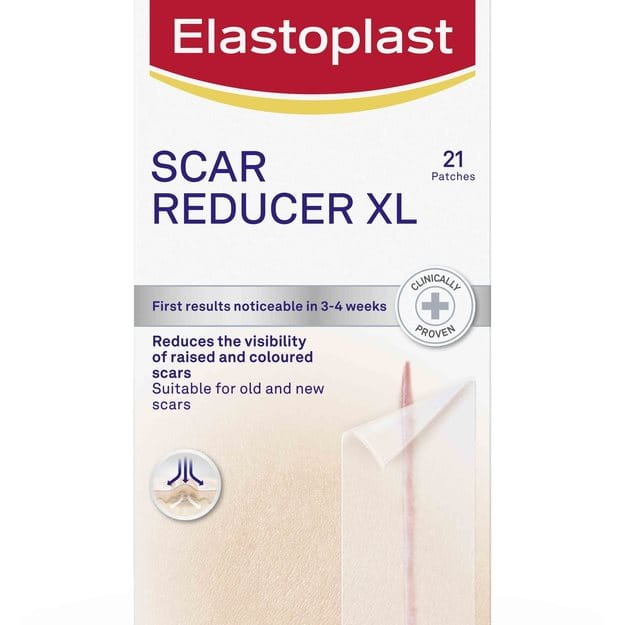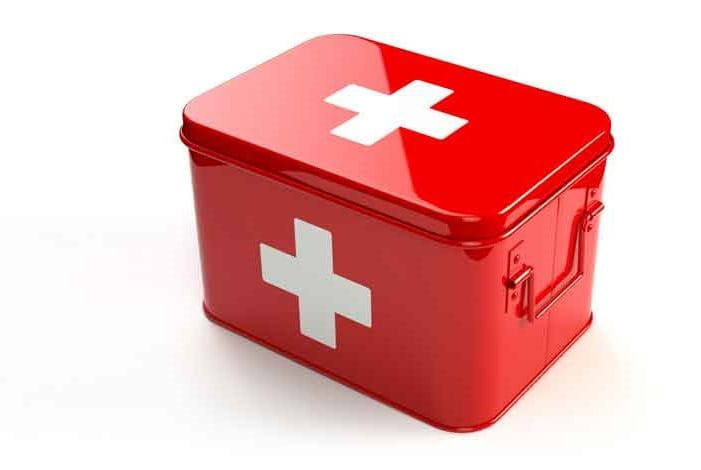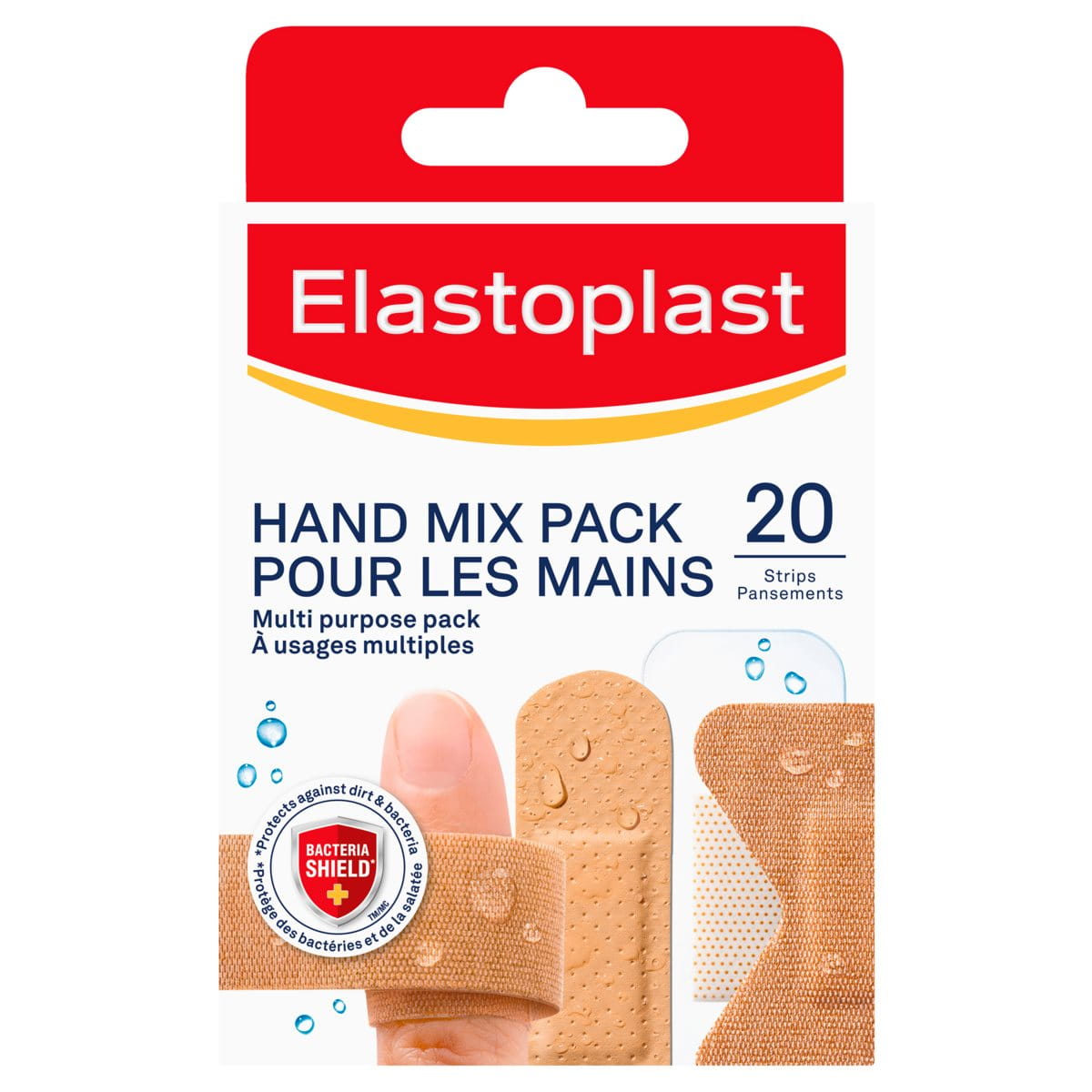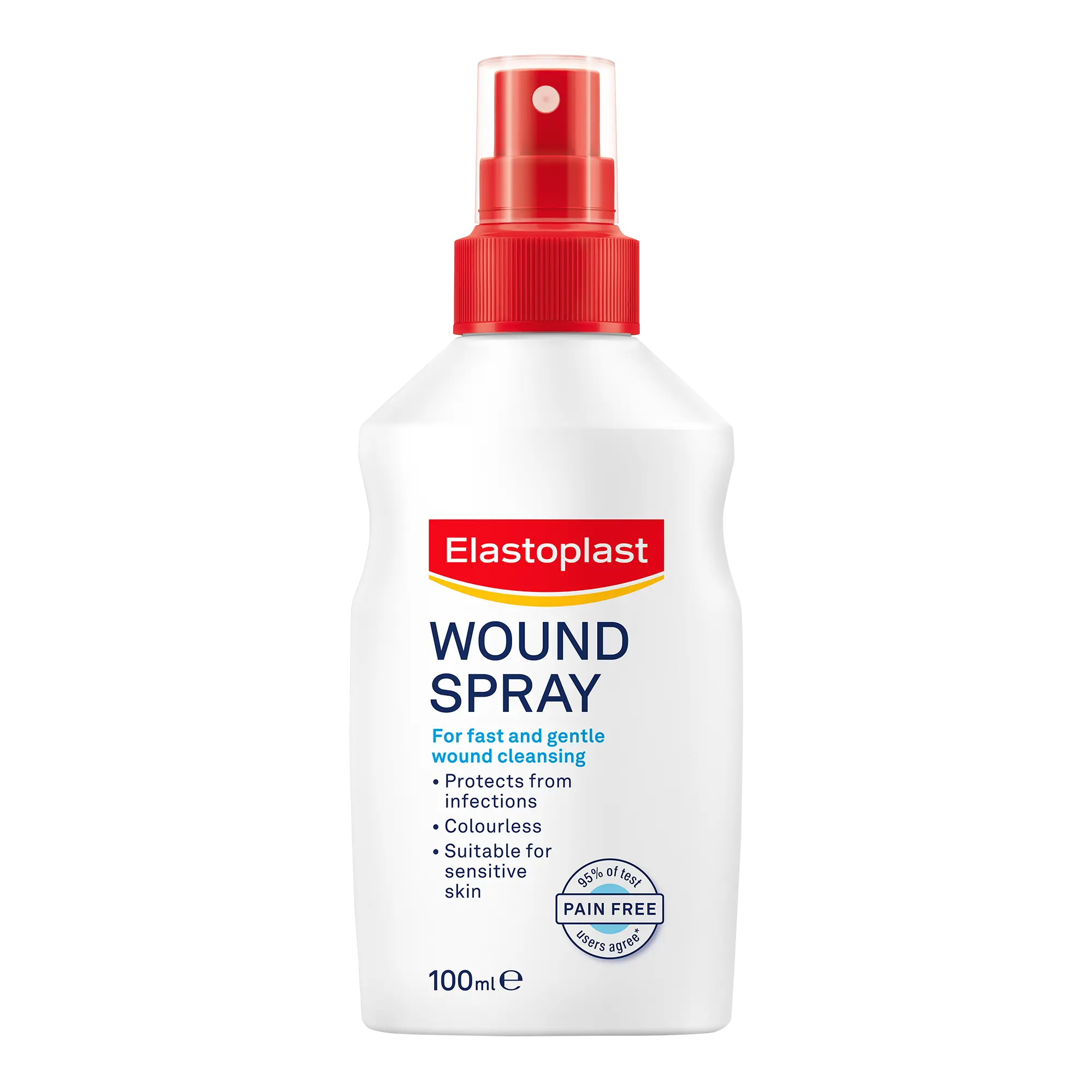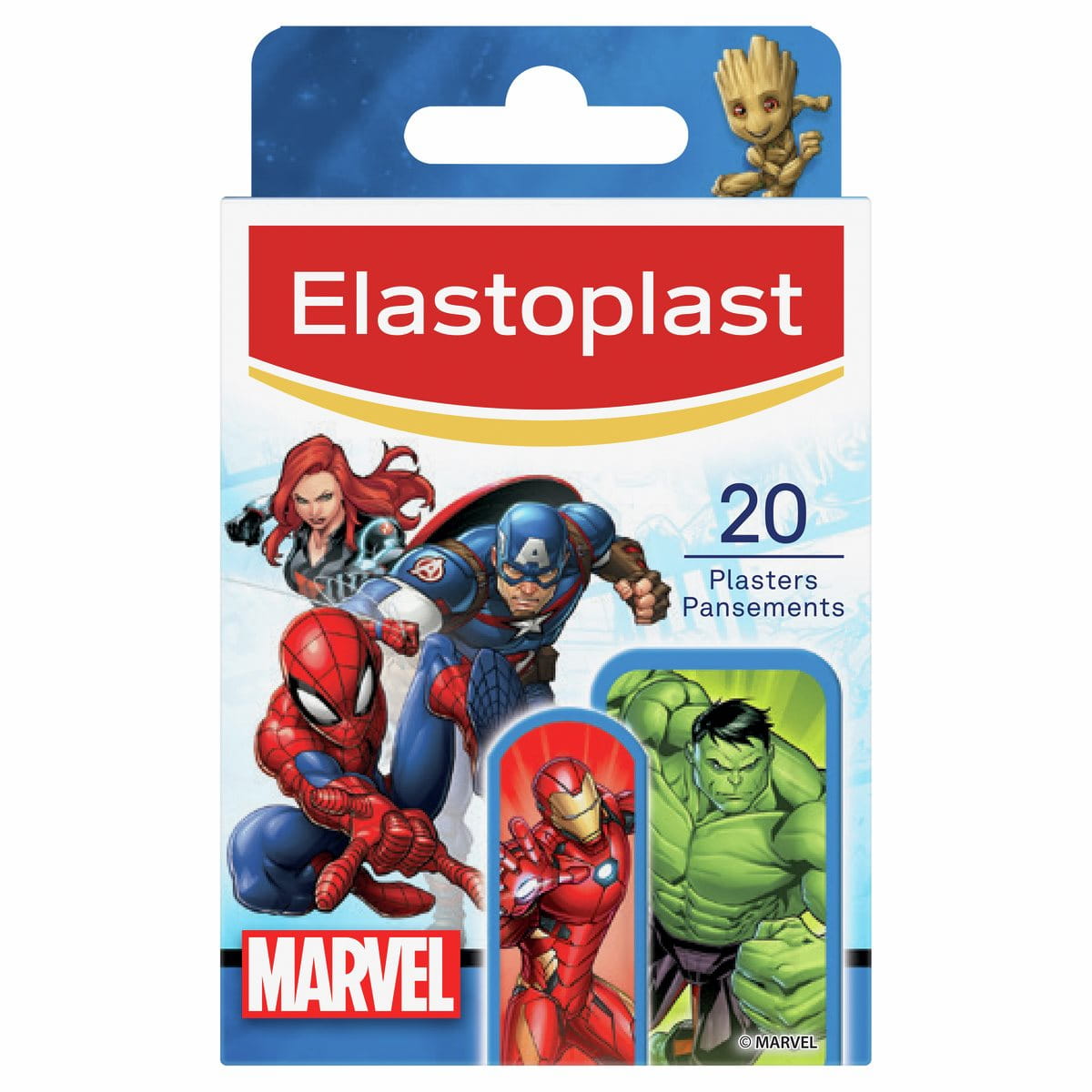1. How often should I change the children's plasters?
2. Is it better to let small wounds dry in the fresh air instead of putting on a plaster?
3. When should I consult a doctor?
We recommend contacting a medical professional under the following circumstances:
- if the wound is deep and causing major bleeding
- if the wound shows signs of infection such as redness, warmth, pain and swelling
- if there are embedded foreign objects in it
- in case of animal or human bites
- if the wound is in the area of the face
- if there is insufficient tetanus vaccination
and of course always when you have questions or are uncertain.
4. What if my children's wounds get infected?
5. What plaster should I use for sensitive skin?
These coloured plasters are very skin-friendly and easy to remove. The colours used are resistant to saliva and sweat and are proven to be safe for children. If you have very sensitive skin we recommend using the Elastoplast Sensitive or Elastoplast Sensitive Kids products. These plasters are especially developed for sensitive skin and are very skin-friendly and hypoallergenic.
